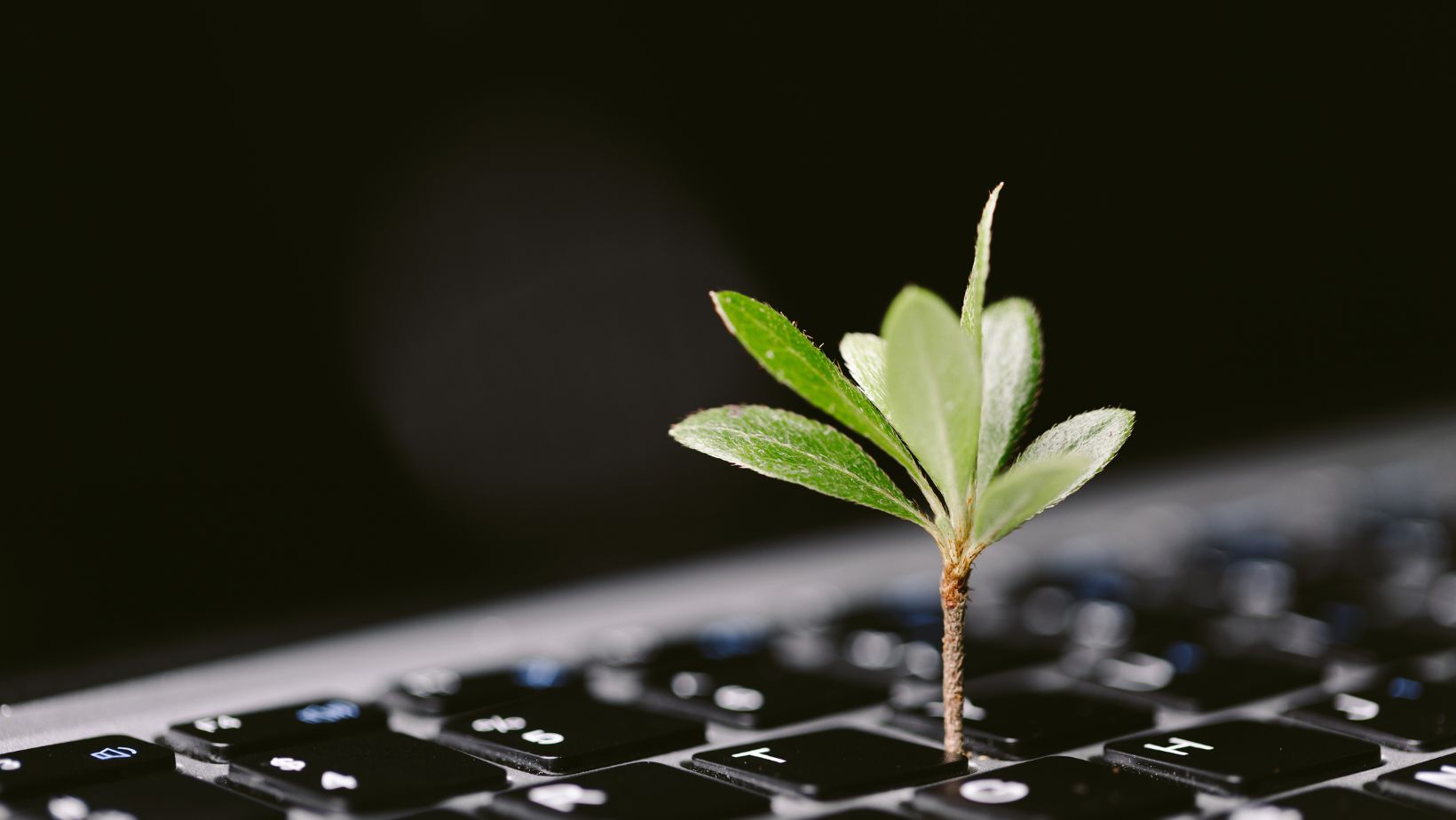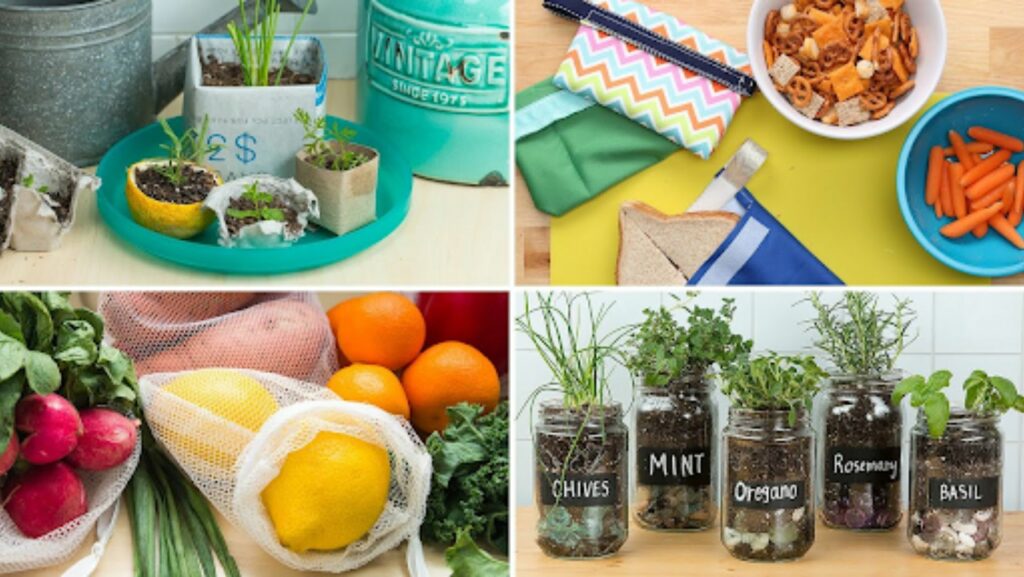Incorporating sustainability into your living space goes beyond just aesthetics; it fosters a healthier environment for you and your family. First and foremost, eco-friendly living significantly reduces your carbon footprint. By choosing sustainable materials and practices, you contribute to the reduction of waste and pollution, which is crucial in combating climate change. This proactive approach not only benefits the planet but also enhances your quality of life, making your home a sanctuary of well-being.
Moreover, sustainable living encourages creativity and resourcefulness. Engaging in DIY projects enables you to explore your artistic side while using materials that are environmentally friendly. The process of creating something new from old items can be immensely fulfilling. You’ll find satisfaction in crafting unique pieces that tell a story and reflect your personality. This form of self-expression can uplift your spirits and inspire others to join the eco-friendly movement.
Additionally, adopting sustainable practices can lead to significant financial savings. While some eco-friendly materials may seem more expensive upfront, consider the long-term benefits. Energy-efficient solutions can drastically reduce utility bills, and investing in durable, high-quality products means you won’t have to replace items as often. Thus, embracing sustainability is not only beneficial for the environment but also a smart financial decision for your household. Whether you’re a seasoned DIY enthusiast or just starting out, the team at https://jugabet.cl/es/casino/live-casino will give you helpful tips to help you make eco-friendly choices without sacrificing style.
Eco-Friendly Materials for DIY Projects
When embarking on DIY projects for eco-friendly living, selecting the right materials is crucial. One of the best choices is reclaimed wood, which adds character to your home while reducing deforestation. This versatile material can be used for furniture, shelving, and decorative accents. By sourcing reclaimed wood, you contribute to the circular economy and help minimize the demand for new lumber.
Another excellent option is bamboo, known for its rapid growth and sustainability. Bamboo is incredibly durable and can be used to create furniture, flooring, and even kitchen utensils. By choosing bamboo, you add a touch of elegance to your space while supporting a material that has a low environmental impact. Additionally, many manufacturers now offer bamboo products that are certified and sourced responsibly, ensuring that your purchases align with eco-friendly standards.
Recycled materials provide ample opportunities for creative DIY projects. From glass jars to aluminum cans, these items can be transformed into functional and stylish décor. For instance, glass jars can serve as candle holders, vases, or storage solutions, while aluminum cans can be repurposed into planters or unique wall art. By utilizing recycled materials, you help divert waste from landfills and promote a more sustainable lifestyle.
Upcycling and Repurposing Ideas
Upcycling is a fantastic way to breathe new life into old items, turning them into something beautiful and functional. One popular project is transforming old furniture. For example, an outdated dresser can be sanded down and painted to create a chic statement piece. Adding new hardware or even fabric lining can elevate its look even further. This not only saves money but also reduces the waste generated from purchasing new furniture.
Another creative upcycling idea is to repurpose glass bottles and jars. Instead of discarding them, consider transforming them into stylish light fixtures or decorative vases. By using twine or paint, you can easily customize these items to fit your home décor. This project is not only easy but also a fun way to engage the family in sustainability practices.
Old textiles can also be upcycled into beautiful home accessories. For instance, worn-out t-shirts can be turned into reusable shopping bags or braided into colorful rugs. This project not only reduces textile waste but also offers a unique way to express your creativity. By giving these materials a second life, you contribute to a more sustainable future while adding a personal touch to your home.
Indoor DIY Projects for Eco-Friendly Living
Indoor projects provide a great opportunity to enhance your living space while promoting eco-friendly practices. One popular initiative is creating your own indoor herb garden. By using recycled containers, you can grow fresh herbs like basil, mint, and rosemary right in your kitchen. This not only adds flavor to your meals but also reduces the need for store-bought herbs that come with excessive packaging.
Another indoor project is making natural cleaning products. Many commercial cleaners contain harmful chemicals that can be detrimental to your health and the environment. By crafting your own cleaning solutions using ingredients like vinegar, baking soda, and essential oils, you can maintain a clean home without compromising your health. Not only are these DIY cleaners effective, but they are cost-efficient and free from harsh chemicals.
Creating a compost bin is another excellent indoor project that promotes eco-friendly living. Composting kitchen scraps and organic waste reduces landfill contributions while providing nutrient-rich soil for your plants. You can easily build a compost bin using recycled wood or even repurpose plastic containers. This sustainable practice not only benefits your garden but also educates the family about waste reduction and the importance of recycling organic materials.
Outdoor DIY Projects for Sustainable Living
Outdoor DIY projects can significantly enhance your garden or patio while promoting sustainability. One idea is to create a rain garden, which helps manage stormwater runoff and provides habitat for local wildlife. By using native plants, you can establish a garden that thrives in your local climate while requiring minimal maintenance. This project not only beautifies your outdoor space but also supports biodiversity.
Another outdoor project is building a birdhouse using reclaimed wood or other sustainable materials. Not only will this provide a home for local birds, but it also enhances your garden’s ecosystem. By attracting birds, you can naturally control pests while enjoying the beauty of nature right in your backyard.
Finally, consider creating a vertical garden or living wall. This innovative project is ideal for small outdoor spaces, allowing you to grow plants vertically. You can use recycled pallets or planters to establish a green wall filled with herbs, flowers, or even succulents. A vertical garden not only adds visual interest to your outdoor area but also improves air quality and promotes a sustainable lifestyle.
Budget-Friendly Eco-Friendly Projects
Embracing sustainability doesn’t have to break the bank; there are plenty of budget-friendly projects that can transform your living space. One cost-effective idea is to use scrap materials for your DIY endeavors. Many local businesses offer discarded wood or other materials for free or at a reduced cost. By creatively using these resources, you can create stunning furniture or décor without spending a fortune.
Another great budget-friendly project is to organize a community swap. This initiative allows neighbors to exchange items they no longer need, reducing waste while giving new life to pre-loved goods. Hosting a swap not only promotes sustainability but also fosters community spirit and connection. You can exchange clothing, home décor, and even books, all while keeping your budget in check.
Additionally, consider making your own candles or soaps using natural ingredients. These projects can be done inexpensively with basic supplies and provide unique, personalized gifts for friends and family. By making these products at home, you can avoid harmful chemicals and reduce your reliance on mass-produced items. The satisfaction of creating something from scratch while being eco-conscious is truly rewarding.
Tips for Maintaining an Eco-Friendly Living Space
Once you’ve created your eco-friendly living space, it’s essential to maintain it. One effective strategy is to adopt the practice of minimalism. By decluttering and reducing the number of items in your home, you can create a more serene environment while making it easier to keep things organized. Consider donating or recycling items you no longer need to promote a more sustainable lifestyle.
Another important tip is to focus on energy efficiency. Simple changes like switching to LED light bulbs, unplugging devices when not in use, and using energy-efficient appliances can significantly reduce your energy consumption. Additionally, consider installing a programmable thermostat to optimize heating and cooling, which can lead to substantial savings on your energy bills while benefiting the environment.
Lastly, cultivate a habit of mindful consumption. Before making a purchase, ask yourself if the item is truly necessary and whether it aligns with your eco-friendly values. Supporting local artisans and businesses that prioritize sustainability can help you make more informed choices. By focusing on quality over quantity, you can create a home that reflects your commitment to sustainability while avoiding unnecessary waste.
Resources for Eco-Friendly DIY Inspiration
Finding inspiration for eco-friendly DIY projects is easier than ever, thanks to the wealth of resources available online. Websites like Pinterest are filled with creative ideas and tutorials that cater to all skill levels. You can search for specific projects or explore broader categories, making it a great platform for discovering sustainable practices.
Books focused on sustainable living can also provide valuable insights and project ideas. Titles like “The Zero Waste Home” by Bea Johnson and “The Art of Simple Living” by Shunmyo Masuno offer practical tips and inspiration for creating a greener home. These resources often include step-by-step guides, making it easy to implement eco-friendly practices into your life.
Lastly, consider joining local eco-friendly groups or workshops. Many communities host events focused on sustainability, where you can learn new skills, exchange ideas, and meet like-minded individuals. Engaging with others who share your passion for eco-friendly living can provide motivation and support as you embark on your DIY projects.
Conclusion
Embracing sustainability through DIY initiatives is not just a trend; it’s a lifestyle choice that reflects your values and commitment to the environment. By incorporating eco-friendly practices into your living space, you create a sanctuary that is both beautiful and sustainable. From upcycling furniture to creating your own natural cleaning products, every project contributes to a greener future.
As you embark on your DIY journey, remember that every small step matters. Each project you undertake not only enhances your home but also promotes a more sustainable way of living. By choosing eco-friendly materials, engaging in upcycling, and focusing on budget-friendly options, you can make a significant impact without sacrificing style or comfort.
So, gather your tools, unleash your creativity, and start transforming your space into an eco-friendly haven. Embrace the joy of crafting, and let your home reflect your dedication to sustainability, one project at a time. Your journey towards a greener lifestyle begins now!

